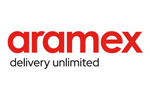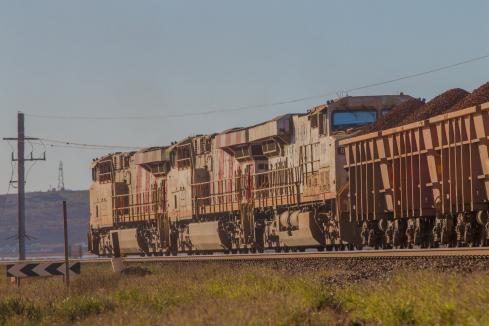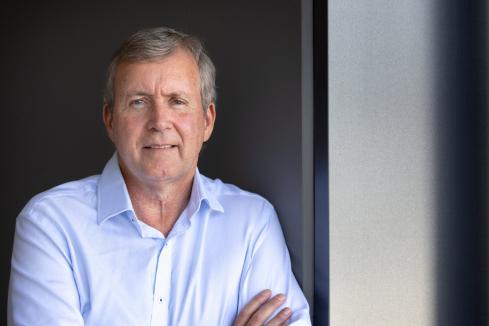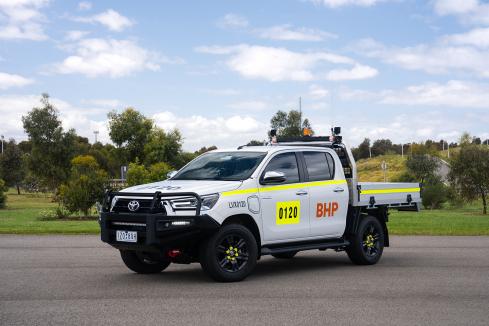thyssenkrupp Industrial Solutions Australia will design and build the world’s largest rail-mounted stackers in Western Australia after winning a $250 million contract for BHP Group’s $4.6 billion South Flank iron ore project.

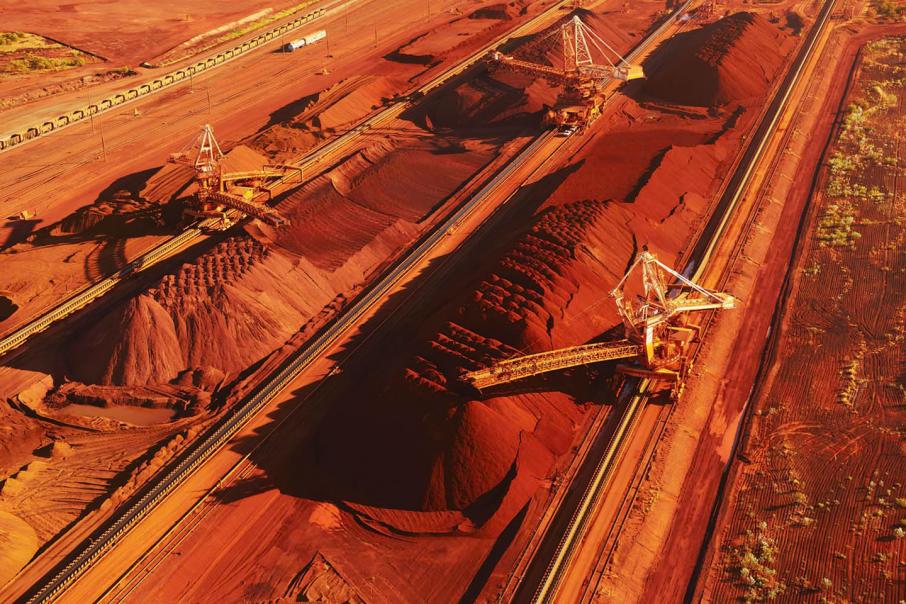
thyssenkrupp Industrial Solutions Australia will design and build the world’s largest rail-mounted stackers in Western Australia after winning a $250 million contract for BHP Group’s $4.6 billion South Flank iron ore project.
Under the contract, thyssenkrupp will design, supply, construct, and commission two stackers that deposit iron ore into stockyards for loading, and a reclaimer for loading the ore into trains for transport to Port Hedland.
The machines will have a capacity of 20,000 tonnes per hour, making them the largest rail-mounted stackers and reclaimer in the world.
thyssenkrupp is a global engineering company, which has its Australian headquarters in Perth, with 140 employees at its Henderson facility.
thyssenkrupp chief executive Andrew Howie said the company was focused on providing local content.
"This project highlights our capability to deliver major engineering and construction projects in Western Australia,” he said.
BHP is targeting first ore at South Flank in 2021, with expected production of about 80 million tonnes per year, replacing output from the existing Yandi mine.
South Flank director Simon Thomas said the miner had so far awarded 177 contracts worth $1.5 billion.
“Importantly, 83 per cent of those contracts have been awarded to WA-based companies and more than half has been awarded to Pilbara-based companies,” he said.
Some of the local winners include Decmil Group, which is completing expansion work at the Mulla Mulla village, Monadelphous undertaking structural mechanical work and Clough, which won a non-process infrastructure contract.
Despite WA contractors winning a significant share of the work for South Flank, BHP recently awarded a major steel contract to Chinese outfit Tianjin Bomsec Offshore Engineering Company.
In other South Flank news, the first autonomous drill rig has broken ground, marking the start of autonomous production drilling on site.
The Pit Viper 271 is the first of five autonomous drill rigs that will operate at South Flank, controlled remotely from the BHP Integrated Remote Operations Centre (IROC) in Perth.
Mr Thomas said the drill was the first piece of South Flank kit to be operated from the centre.
The additional four drill rigs will arrive over the coming three years as the project ramps-up to first ore in 2021.
Meanwhile, BHP Nickel West has announced that development of the Venus deposit in the northern goldfields has been approved by the WA government, completing all necessary approvals required for the deposit.
BHP has started developing access drives to the site and expects first stoping production early next year.
The Venus deposit has more than 200kt of contained nickel and will be developed as an underground mining operation, employing about 150 people during development and then increase to 200 when the mine is operational.
It will leverage the surface and underground infrastructure already in place at the Leinster nickel operation, where BHP operates a mill and concentrator.
This comes two weeks after the Environmental Protection Authority recommended approval of a satellite open pit mine at Nickel West's Mt Keith operation.
The Mt Keith satellite project, often referred to as Yakabindie, is located 20 kilometres from the existing Mt Keith nickel mining operation, north of Leinster.
The ore will be trucked to the existing Mt Keith mine for processing.









